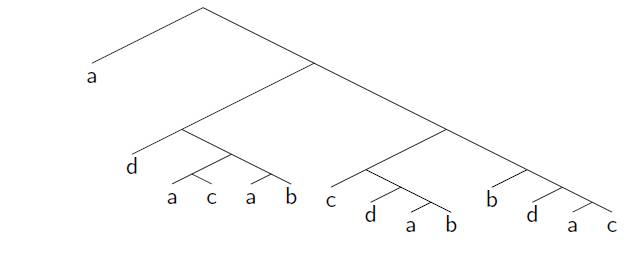I don’t normally do job postings on this blog: there is OR/MS Today and INFORMS Job Placement Service and so on for that, but sometimes a job catches my eye. A company is looking for a Masters level OR specialist to provide analysis for them. They run a nice sized network: hundreds of sources and transfer points with presumably thousands of trucks linking them. It is clear there are lots of interesting things you can do with the network.
It is a little unusual since it is a waste product network, involving transporting waste to landfills, energy plants, recycling plants and so on. This is one industry that strikes me as being pretty resistant to the peaks and valleys of the overall economy (as opposed to, say, financial portfolio optimization).
Here is part of the description:
Waste Management, Inc. is the leading provider of comprehensive waste and environmental services in North America. The company serves nearly 20 million municipal, commercial, industrial, and residential customers through a network of 367 collection operations, 355 transfer stations, 273 active landfill disposal sites, 16 waste-to-energy plants, 134 recycling plants, and 111 beneficial-use landfill gas projects.
Waste Management currently has a opportunity for a Operations Research Specialist at our downtown Houston, TX, headquarters.
Job Summary
Formulate and apply mathematical modeling and other optimizing methods to develop and interpret information that assists the entire Waste Management organization with decision-making, policy formulation, or other managerial functions. Additionally the Operations Research Specialist frequently concentrates on collecting and analyzing data and developing decision support software. The Operations Research Specialist will develop and supply analytic support for optimal time, costing, pricing, or logistics networks for evaluation and/or implementation.
Essential Duties and Responsibilities include the following:
To perform this job successfully, an individual must be able to perform the essential duties satisfactorily. Other minor duties may be assigned.
· Formulate mathematical models (linear and non-linear) of problems, relating constants and variables, restrictions, alternatives, conflicting objectives, and their numerical parameters.
· Conduct simulation (discrete event) studies of existing and proposed systems, including definition of data requirements; capture and validation of information, model formulation, design experimentation, and application of appropriate statistical analysis.
…
The skills needed are a mix of simulation and optimization skills:
Demonstrated ability to apply operations research techniques including decision analysis, optimization, simulation and statistical and stochastic modeling.
· Significant experience utilizing mathematical programming software packages such as IBM ILOG CPLEX, LINDO, or Xpress.
· Demonstrated ability to develop simulation models and conduct studies utilizing commercial simulation software such as Arena, AutoMOD, Witness, etc.
· Strong problem solving and analysis skills: ability to identify root causes of problems, create effective practical solution approaches, implement solutions under the tactical demands of business operations.
· Programming experience, preferably in C or C#.
· Committed and highly motivated team player with strong communication skills.
· Demonstrated work and familiarity with data mining and visualization tools.
· Experience with working as part of an integrated solutions development team to provide value to systems engineering and development for specific decision support application
If you are interested in this, contact Maurice Bobb of Waste Management for more information. And if you get the job, be sure to write back to me on the sort of problems you look at. This could be a really fascinating operations research job.

